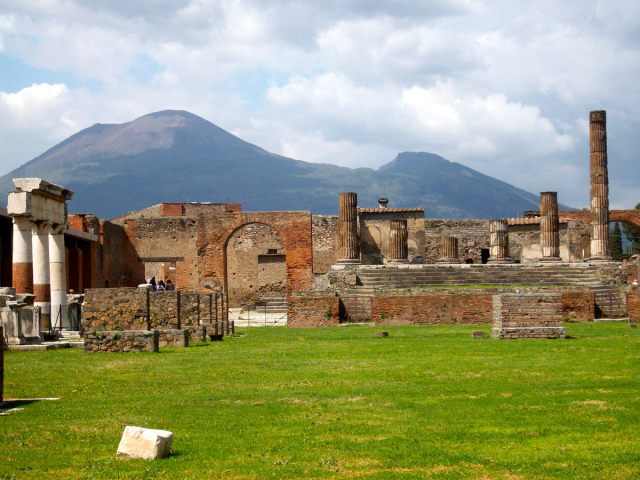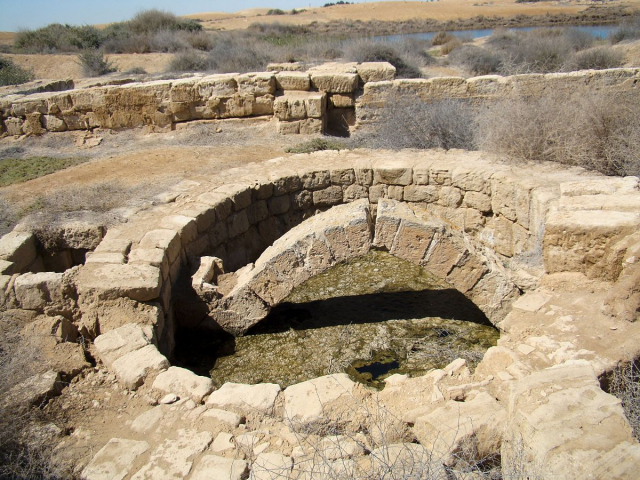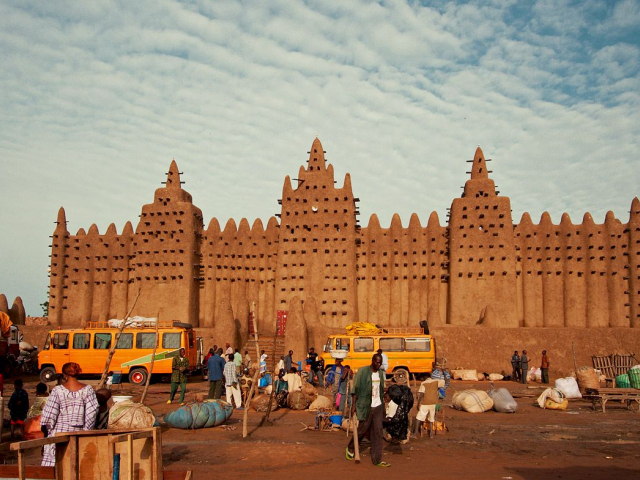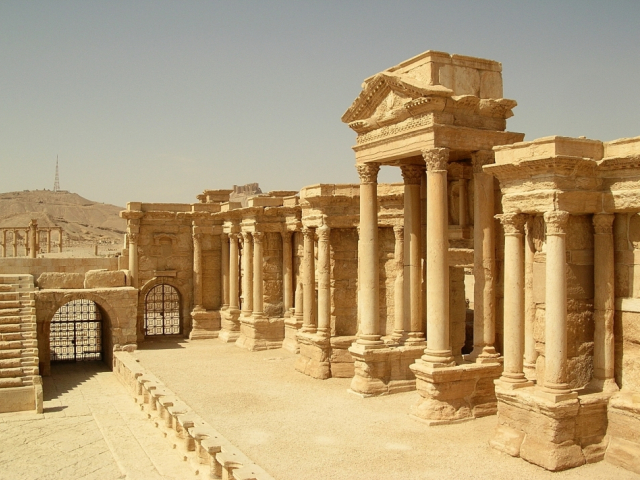
Petra, Jordan
Looking at this unique city, cut down in the rock, it is impossible to believe that it is already several millennia old: it looks so majestic and unshakable.
However, the touch of many hands to the facades and columns of the "Pink City", the ancient capital of Idumea and the Nabataean kingdom, bring no less damage and destruction than the wind with rain.
More than 800 local monuments of antiquity, including the amazing palace of Al-Khazneh, are under the protection of the international organization UNESCO which included Petra in the World Heritage List in 1985.

Pompeii, Italy
Moderately hot Italian climate has recently become wetter which cannot but affect the ancient buildings, literally restored from the ashes in the middle of the 19th century.
The ruins of the once prosperous city every year slowly disappear, as they experience the onslaught of frequent downpours that prevent the walls and soil from drying out.
Alarmed by this fact, UNESCO announced in 2014 that Pompeii is threatened with repeated destruction, this time final, if the Italian authorities do not take serious measures to drain the soil.

Colosseum, Italy
The ruins of the Colosseum were included in the list of New Seven Wonders of the World in 2007: devoid of the former exterior and interior decoration, they still impress with their stern grandeur.
After the largest earthquake that occurred in Italy in the autumn of 2016, new cracks appeared in the walls of the Roman amphitheater, which alarmed archeologists, but after the inspection and partial reconstruction the building was recognized as safe.
Nevertheless, the Colosseum is now seriously threatened not so much by earthquakes or fires as by the seepage of rainwater, atmospheric pollution, and vibration from intensive urban traffic.

Chan Chan, Peru
Rains and annual storms literally blur the ancient buildings of the Peruvian city of Chan Chan, the largest architectural monument of pre-Columbian America.
The walls of the city, laid out of clay and stones, rapidly lose their strict geometric outlines that helped scientists study the features of the political and social structure of the states that existed here more than 800 years ago.

Abu Mena, Egypt
Another ancient city, which is under threat of destruction, is located near Alexandria.
The reason for the destruction of many structures in Abu Mena is not only the sharp rise of groundwater, leading to the formation of voids, but also the intensive development of agriculture.
Thanks to the inclusion of Abu Mena in the list of UNESCO World Heritage Sites in 1979, about ten unique temple complexes, combining elements of Coptic, Egyptian, Byzantine, and Greek architecture, were protected.

Djinguereber Mosque, Mali
Great damage to world cultural heritage was caused by a terrorist attack carried out in 2012 in one of the oldest mosques in Timbuktu: at that time seven of the sixteen mausoleums were erased from the face of the earth.
As for the rest, their fate is predetermined: in the next couple of hundred years on the site of medieval buildings, there will be quicksand. It is now slowly attacking the city.

Roman Theatre at Bosra, Syria
Everyone heard about the tragedy that happened in the Palmyra, Syria. Some of the best examples of Roman architecture, the Monumental Arch, the temples of Bel and Baal Shamina, were almost completely destroyed.
The central part of the Roman amphitheater has also suffered badly, but it is planned to restore it, which means that soon we will be able to see this grandiose structure again as it was before the invasion of the militants.
 English
English 
 Русский
Русский Bahasa Indonesia
Bahasa Indonesia Bahasa Malay
Bahasa Malay ไทย
ไทย Español
Español Deutsch
Deutsch Български
Български Français
Français Tiếng Việt
Tiếng Việt 中文
中文 বাংলা
বাংলা हिन्दी
हिन्दी Čeština
Čeština Українська
Українська Română
Română
